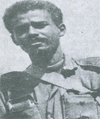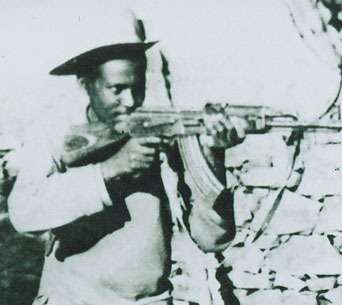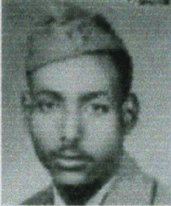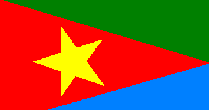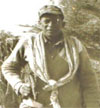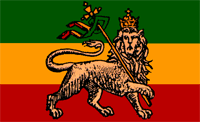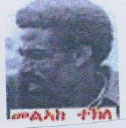
The conflicts which began between Idris Mohammed Adem and Osman Saleh Sabbe after the Adobaha conference, 1969 caused the splitting of the ELF into three factions : PLF1 [Shabia], PLF2 [Selfi-Natzinet], and Obel .The splitting of the ELF was also caused by religious prejudice which was used by ELF leaders in a similar way to how the Unionist leaders used it in the 1940s. As a result of this, there was a report that a group of university students known as Siriyat Addis was executed on mere suspicion of being Ethiopian agents.



